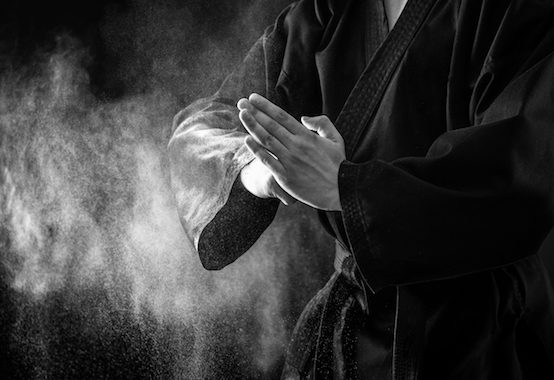When Sport Is an Art

Sport the world over is under suspicion of cheating by doping, or outright fixing, as two tennis umpires have been barred for life and four more are under investigation: track and field, bicycle racing, baseball, and now football, with the saintly Peyton Manning having to deny rumors even as he received his Super Bowl ring. A wise man (my father) once told me that sport is only pure when amateurs compete, otherwise money will eventually corrupt it. I thought he was a bit over the top. Now I know he wasn’t.
What is the difference between an amateur athlete and a pro? Both strive for excellence, the difference being the amateur glories in his effort to reach perfection, the pro sees the goal in financial terms.
Basically, a pro is a mercenary, who sells himself to the highest bidder. A perfect example was Cam Newton shying away from throwing himself on his fumble during the closing moments of the Super Bowl, obviously thinking why hurt yourself in a lost game? Why risk future millions in a losing cause? An amateur would have dived for the ball, and to hell with the consequences.
Corruption breeds only among professionals. Soccer is called the beautiful game, but it’s also the most corrupt. The billions of dollars involved made it possible for out and out crooks from Africa and the Gulf states to rule the game, which they still do despite the fall from grace of their enabler in chief, Sepp Blatter.
Which brings me to karate, the martial art that has now morphed into a sport, a sport that has given me more pleasure in life than anything, girls and family aside, and not necessarily in that order. Karate began as an ancient Chinese art in self-defense but was perfected by the Japanese following World War II. It teaches respect to one’s teacher above all, as well as to one’s opponents. There is no trash talking, no cheating, definitely no showing off. It is not to be confused with the bar fighting that you now see on television, a so-called sport that goes by the name of mixed martial arts.
Mind you, most of the mixed-martial artists began as karatekas, where they learned to kick and punch and block. There is no wrestling in karate, the point being that a punch or a kick should be lethal enough to end it. This is called kime, or focus. The first time I watched a karate contest I was bowled over. It was the early ’60s, and I saw Japanese masters performing incredible kicks and attacks that were beautiful to watch. It was with ballet-like grace, but violent. I signed up immediately and left for Japan soon afterwards.
What got me hooked for life was the strict discipline and respect that prevailed in the school—dojo—and the manner the sensei—teacher—taught: harshly, but with a soft heart. I broke my hand the first day, had a plaster put on, and was present the following day.
That did it. Unbeknownst to me, the sensei had ordered that no one could rough me up after that. Spirit is paramount in karate, not ability nor toughness.
It’s been a wondrous, beautiful journey ever since. I won the Greek championships many times, competed in European and world championships, and now, about to turn 80 this summer, still train hard and mix it up in dojos both in Europe and New York.
To reach perfection in karate is as difficult as reaching perfection in any sport, with a difference. Perfection in karate has to be aesthetically beautiful as well as effective. In other words, to strike an opponent and render him unconscious but with grace and in perfect unison. No flailing, no wild swinging, just a perfect strike in a vulnerable spot. The essence of the martial art is to accomplish that while respecting one’s adversary, which might sound contradictory, but that’s the beauty of it all.
 Has karate been cheapened, debased, as everything else in this world of ours has? The answer is yes. After karate arrived in the West around 1960, there was suddenly a plethora of Westerners who invented their own style and handed out belts like Frisbees. There was nothing Japanese teachers could do because karate was and remains an amateur sport, and anyone can call himself or herself a master and begin teaching.
Has karate been cheapened, debased, as everything else in this world of ours has? The answer is yes. After karate arrived in the West around 1960, there was suddenly a plethora of Westerners who invented their own style and handed out belts like Frisbees. There was nothing Japanese teachers could do because karate was and remains an amateur sport, and anyone can call himself or herself a master and begin teaching.
There is a catch, of course. Bad teachers do not keep their students for long. I have been studying the same style and under the same teacher for the last 20 years, and with my teacher’s teacher for the 25 years before that. I have yet to reach perfection but continue to try. As does my teacher Richard Amos, and his teacher, Enoeda Sensei, before him.
Taki Theodoracopulos is a founding editor of The American Conservative.
Comments